When a child loses a limb, it’s not just a physical change—it touches every part of their life. Movement becomes a new learning process. Emotions rise. Daily routines shift. And for families, the journey forward can feel both overwhelming and unfamiliar.
That’s where pre-prosthetic therapy comes in.
Before a child is fitted with a prosthetic limb, there’s a very important stage that helps prepare them—physically, emotionally, and mentally. This phase is often called pre-prosthetic therapy, and it plays a big role in making sure the child adapts well to their prosthetic later on.
But here’s the thing: therapy for children isn’t the same as it is for adults. Their bodies are still growing. Their minds work differently. Their emotions can be stronger and harder to explain. And all of that changes how therapy should be approached.
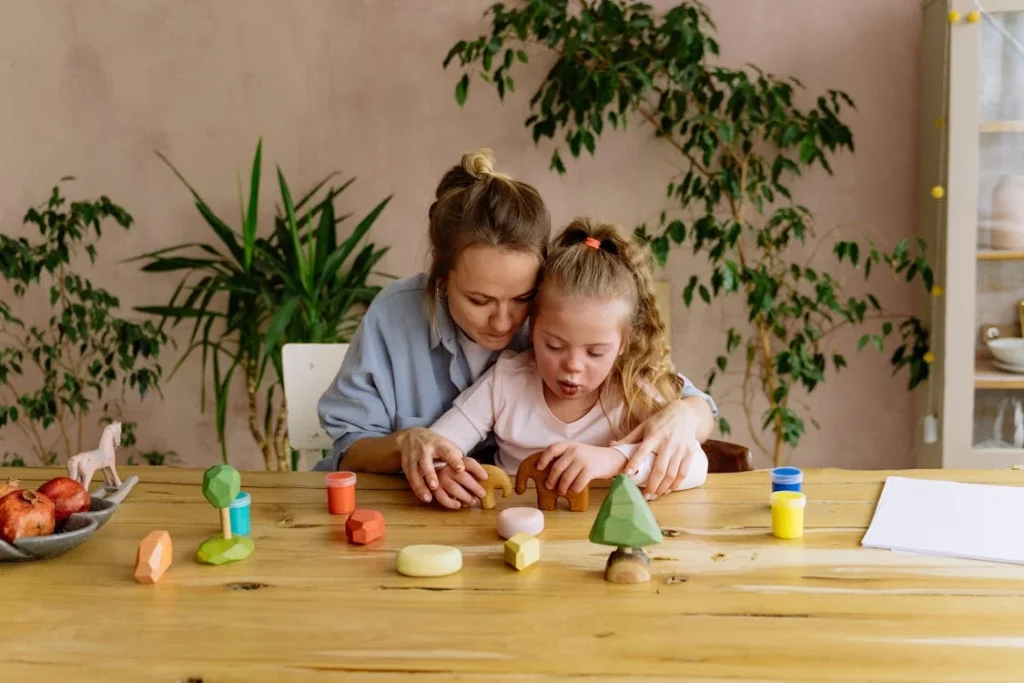
Understanding Pre-Prosthetic Therapy in Children
What Is Pre-Prosthetic Therapy?
Pre-prosthetic therapy is the care and support given to a child after limb loss, but before they receive a prosthesis. It helps the child’s body get ready for a prosthetic limb. It also helps the child feel confident and safe as they adjust to this big change.
This stage is not just about physical exercises. It includes emotional care, pain control, preparing the muscles and skin, and teaching the child and their family what to expect.
For children, this step is even more important than it is for adults. Their world is full of new experiences. They are still learning how their bodies work.
So, when something as major as a limb loss happens, the support they need must be thoughtful, gentle, and clear.
Why Children Need a Different Approach
Children are not small adults. Their bones are softer. Their skin heals faster but is more sensitive. Their muscles are not fully developed. Emotionally, they might not always understand why things are happening.
They may feel scared, frustrated, or confused. They may struggle to explain what hurts or what feels strange. Some children might pull back or avoid using the limb altogether.
This is why pre-prosthetic therapy for children needs to be built on patience, trust, and creativity. It should never feel like a routine checklist.
Instead, it should feel like play, learning, and support all rolled into one. A child should feel safe to ask questions, to express anger or sadness, and to try, fail, and try again.
Emotional Healing Comes First
Before physical healing, emotional support must begin. Children need time to process what happened. Some may have lost a limb due to an accident, illness, or birth condition.
Each situation carries its own emotions. A child might feel different from their friends. They might be afraid of being stared at or bullied. These feelings, if ignored, can affect how they adjust to a prosthesis later.
Helping a child feel emotionally strong is a key part of therapy. This might involve talking with a counselor, drawing or storytelling, or spending time with other children who wear prosthetics.
The goal is to show the child that they are not alone—and that a full, fun life is still possible.
The Role of the Family
Children look to their family first. The way a parent or guardian responds to the limb loss has a deep effect on how the child responds. If the parent is calm, hopeful, and open, the child is more likely to feel the same. But if the parent is stressed or anxious, the child can quickly pick up on that too.
This is why therapists often work with the entire family. Parents are taught how to talk about the limb loss in simple, honest ways. They learn how to help their child at home.
They are shown how to notice signs of pain or emotional struggle. They are also reminded to care for themselves—because when the parent is supported, the child is better supported too.
Creating a Child-Friendly Plan
Every child is different. That means therapy plans must be tailored to each child’s age, limb difference, and personality. A toddler might need help standing or walking again.
A school-age child might need help writing or using tools. A teenager might need support with body image and social confidence.
The therapist’s job is to create a plan that fits the child’s world. It should include gentle stretches, games, and activities that build muscle without causing stress.
The plan should also teach the child how to keep their limb clean and how to recognize if something doesn’t feel right.
Therapy should happen in a space that feels warm and welcoming. Bright colors, toys, and friendly faces make a big difference. A child should look forward to going—not dread it.

Preparing the Body for a Prosthesis
Strengthening the Right Muscles
Before a child can use a prosthetic limb, their body needs to be strong in the right places. After limb loss, certain muscles may become weak or tight. Others may need to work harder to take over new tasks.
Therapy helps build strength in the shoulder, core, and back muscles for upper limb loss. For lower limb loss, the focus is often on the hips, thighs, and trunk.
This process doesn’t need to be boring. A good therapist will turn exercises into fun movements, like tossing a ball, climbing soft stairs, or balancing on cushions.
These kinds of activities don’t just build strength—they also improve coordination, posture, and body awareness.
Shaping and Caring for the Residual Limb
Another part of therapy is making sure the remaining limb—called the residual limb—is in the best shape to fit a prosthesis. This might mean managing swelling through gentle wrapping, helping the scar heal well, and slowly getting the child used to touch and pressure in that area.
Some children may feel strange sensations where the limb used to be. Others may have sensitivity that makes it hard to wear socks or sleeves.
Therapists use soft brushes, light massage, and gentle tapping to help desensitize the area. These steps help the child feel more comfortable and reduce the chance of discomfort when they finally wear their prosthesis.
Learning to Move in New Ways
When a limb is lost, the way the body moves changes too. A child may shift their weight more to one side. They may avoid using their affected limb. They may even create new habits that aren’t healthy in the long run.
Therapy helps correct those patterns early. The goal is to teach safe and smart ways to sit, stand, crawl, or walk. A big part of this is balance.
The child learns how to trust their body again, how to avoid falling, and how to move with control. This helps prevent future pain or injury and gives the child confidence.
Helping Children Accept Touch and Contact
It’s not uncommon for children to pull back when someone tries to touch the area where their limb was. They may feel nervous or unsure. Therapy includes safe, calm activities that get the child used to being touched in that area again.
This is very important. If a child is too sensitive or scared of touch, they may resist wearing their prosthesis. The earlier they grow comfortable, the better their chances of success later.
The First Step Toward Independence
As therapy moves forward, children start learning simple tasks on their own. This might include putting on clothes, brushing their teeth, or opening a door.
These small wins build trust in their own ability. They also prepare the child to learn how to use a prosthesis without always needing help.
This is one of the most rewarding parts of therapy. Watching a child go from needing help with everything to slowly becoming independent is a powerful reminder of what’s possible with care, patience, and belief in their potential.
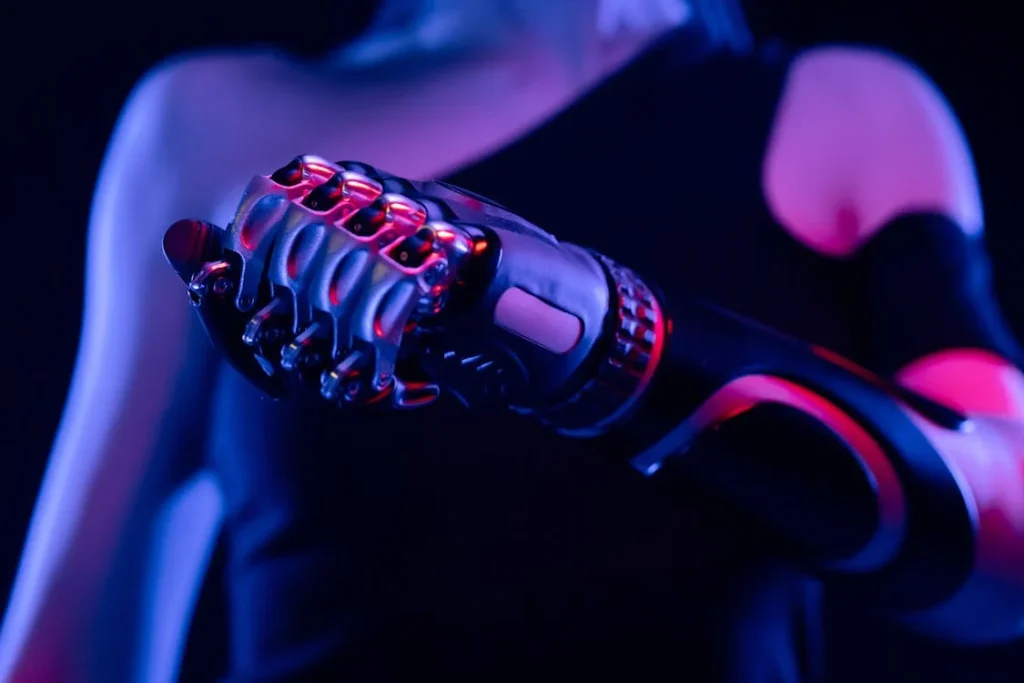
Key Differences Between Pediatric and Adult Pre-Prosthetic Therapy
Growth Makes Everything More Complex
Children’s bodies grow fast. That’s not just about getting taller—it also means that their bones, muscles, and nerves are constantly changing. When it comes to prosthetics, this has big effects.
A socket that fits today might not fit in six months. Muscles might develop unevenly if not guided well. Bones may grow in different directions, especially if the limb loss happened near a growth plate.
Because of this, therapy for children isn’t a one-time thing. It needs to adapt over time. Therapists have to be alert and ready to make changes.
Every milestone—learning to crawl, walk, run, ride a bike—brings new needs. The plan isn’t just about healing; it’s about keeping up with growth in a smart way.
Communication Challenges Are Real
Adults can explain how they feel. They can describe pain, tightness, fear, or frustration. But children don’t always have the words.
A toddler might cry without knowing why. A six-year-old might throw tantrums instead of saying they’re scared. Even older children might hide discomfort because they don’t want to worry their parents.
This makes observation a key skill in pediatric therapy. Therapists watch body language. They listen closely to small comments.
They build trust so the child feels safe enough to share. Over time, they teach children how to name their feelings and understand their bodies—one of the most important life skills they’ll carry forward.
Motivation Comes from Play
Adults often see therapy as a task to complete. Children, on the other hand, need to enjoy what they’re doing. Play is not a distraction in pediatric therapy—it’s the heart of it.
Building a tower, chasing a balloon, or going through an obstacle course might seem like games. But they are carefully chosen to train specific muscles and movements.
Therapists use imagination and creativity to keep children engaged. A simple task like reaching overhead becomes more fun when the child is pretending to rescue a toy from a tree.
When therapy feels like play, children push themselves without feeling forced. That’s how progress happens naturally.
Social Factors Matter More
For many children, fitting in matters a lot. The desire to be accepted by friends or classmates can affect how they feel about wearing a prosthesis. Some might feel shy.
Others may be curious but scared of being teased. These feelings can shape whether they want to use the prosthesis at all.
Therapy often includes conversations about these issues. Children are given ways to talk about their prosthesis confidently. They might meet other kids who use one.
Families are taught how to handle school situations, social events, or questions from other children. These early lessons in self-advocacy are just as important as learning to walk or write again.
The Role of School and Routine
Unlike adults, children have to manage their recovery within the flow of school, homework, and growing up.
Missing school too often can affect their learning. Not being able to play or join sports can make them feel left out. So, therapy must work around the child’s daily life—not the other way around.
Sessions are often shorter and more frequent. Therapists may visit schools or work with teachers.
Goals are tied to classroom tasks, like using scissors, drawing, or typing. This helps the child stay on track in school while also making progress in therapy.
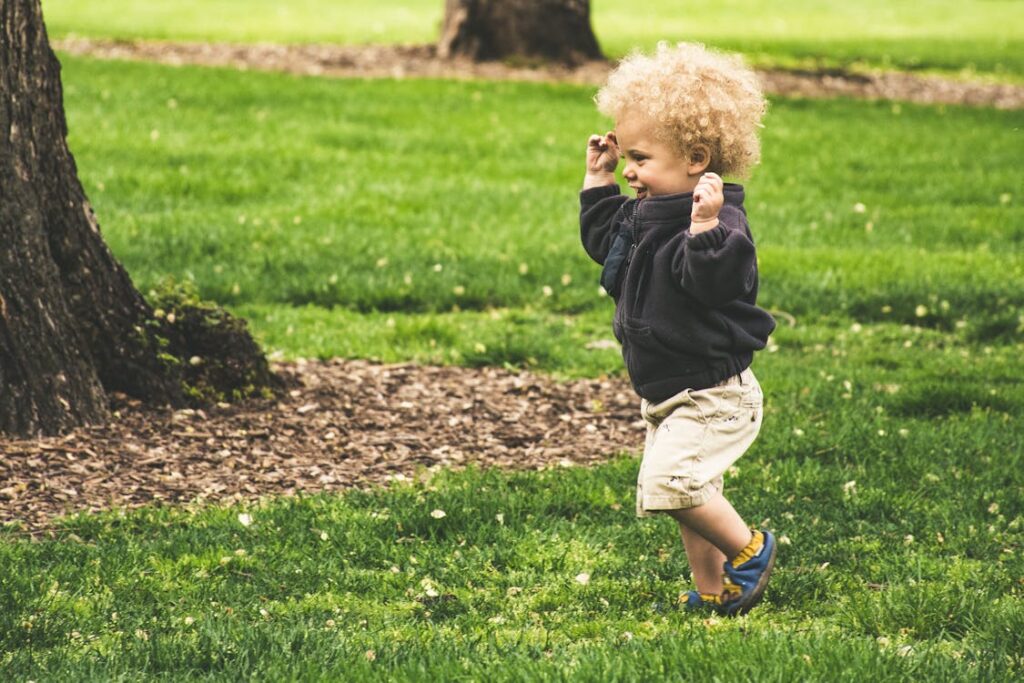
Special Considerations at Different Ages
Infants and Toddlers
Therapy for the very young is delicate and guided by instinct more than instruction. At this age, children aren’t aware of limb loss in the way older kids are.
But they are still forming motor skills, balance, and body awareness. Losing a limb—or being born without one—can affect how they crawl, stand, or grasp.
The main goal here is to encourage natural movement. Therapists focus on guiding both sides of the body to develop evenly.
Parents play the biggest role, since infants and toddlers look to them for comfort and motivation. Sessions often involve singing, playing with toys, and short bursts of activity that match the child’s attention span.
Consistency at home is key. Parents are shown how to repeat movements during daily routines like dressing, feeding, or playtime. This everyday repetition makes therapy part of life, not something separate or stressful.
Preschool and Early School Years
Children in this stage are starting to explore the world more. They ask questions. They make friends. They form routines. If limb loss happens during this time, the emotional impact might be stronger.
They’re more aware of being “different,” even if they don’t fully understand what it means.
Therapy during this stage focuses on building both movement and confidence. Kids are encouraged to try new things: cutting with scissors, climbing, catching a ball, or learning to hold a crayon.
These tasks may seem simple, but each one is a step toward independence.
Children are also more sensitive to peer interaction at this stage. They might fear being left out. They may get frustrated if they can’t keep up in games or group activities.
That’s why therapy includes not just physical goals, but emotional coaching as well. Celebrating small wins and sharing success with teachers and classmates helps the child feel proud—not pitied.
Pre-Teens and Adolescents
Older children often carry deeper emotions about their limb loss. They may worry about their appearance or feel uncomfortable with how others see them.
The teenage years are already full of big changes, and a prosthesis can add another layer of complexity.
This is where therapy becomes more personal. Teens are more involved in decisions. They get to talk openly about their concerns, whether it’s about sports, style, dating, or just wanting to feel normal.
Therapists become part guides, part mentors, helping teens set their own goals and take more control of their therapy process.
Functional training becomes more specific here too. A teenager might want to ride a bike again, learn an instrument, or explore new hobbies.
Therapy sessions help them reach those goals, but also focus on long-term habits—like posture, skin care, and managing the prosthesis as their body changes.
Emotional health is a strong focus in this phase. Teens benefit from meeting peers who use prosthetics.
Group therapy, social outings, or even online communities can play a powerful role in helping them feel seen and understood.
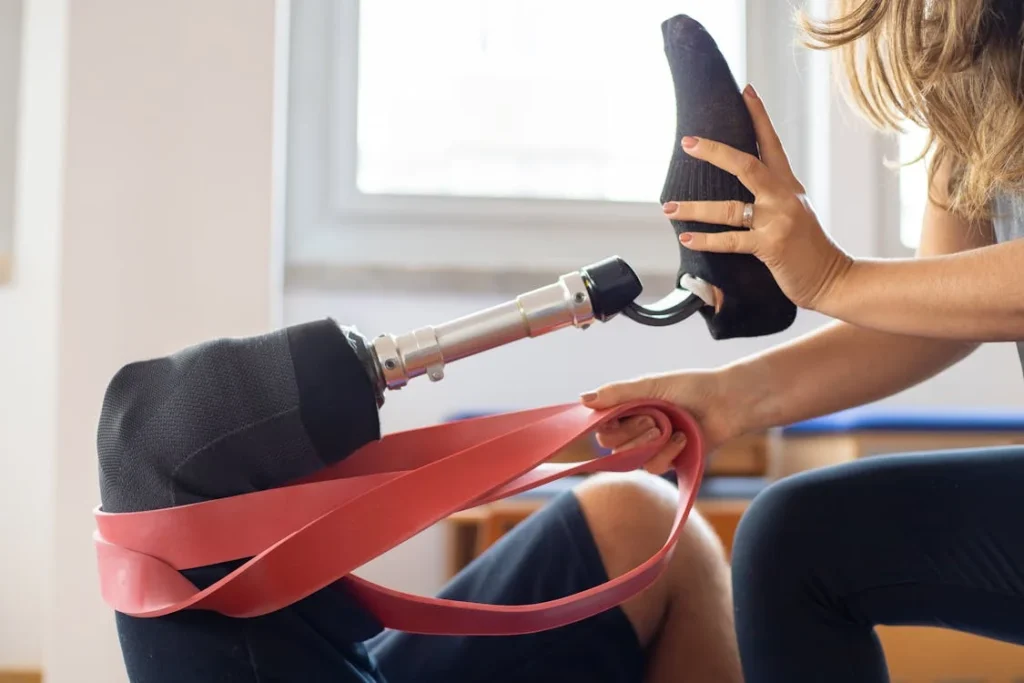
Building a Strong Foundation Before the Prosthesis
Setting Realistic Expectations
One of the most important steps before a child receives a prosthesis is helping them understand what it can—and cannot—do.
A prosthetic limb is not a perfect replacement. It doesn’t move on its own. It doesn’t feel things. It takes time, patience, and practice to use.
Children need to know that it’s okay if things feel strange at first. They should understand that learning to use a prosthesis is like learning to ride a bike.
It takes effort, and they might fall or struggle along the way. But over time, they will grow stronger, faster, and more skilled.
Therapists use simple explanations, pictures, and demonstrations to help children prepare. They may let the child see or touch different types of prosthetics. This early exposure can help reduce fear and spark curiosity.
Involving the Child in Choices
Children feel more confident when they have a say in what’s happening to them. Involving them in decisions builds trust and interest. If the child is old enough, they might help choose colors, patterns, or even features for their prosthetic limb.
These choices may seem small, but they carry a big message: your voice matters. This helps the child feel more in control, which is especially important during a time when so many things can feel out of their hands.
Even simple things like naming the prosthetic or decorating it with stickers can turn it into something personal—something they feel proud to wear rather than something they’re forced to use.
Teaching Safe Movements Before Fitment
Before a prosthetic limb is fitted, children are taught how to move safely. For lower limbs, this includes how to shift weight, stand evenly, and use support tools like crutches or walkers.
For upper limbs, it means learning how to use the other hand more, how to lift or carry objects carefully, and how to avoid straining the shoulders or back.
These early lessons lay the groundwork for future success. If a child learns to move the wrong way, it can create bad habits that are hard to break later.
Good posture, safe walking, and joint protection are all part of building a healthy routine from the start.
Introducing Prosthetic Training in Phases
Children are often more successful when they are eased into prosthetic use gradually. Some therapists begin with a temporary or training prosthesis.
This allows the child to get used to the weight, shape, and feel without needing to master every function right away.
Short sessions of wear time are encouraged first. A child may start by wearing the limb for just a few minutes at a time, slowly increasing the duration as their confidence grows.
They are taught how to care for the prosthesis, how to clean it, and how to spot issues like redness or irritation.
As they progress, functional training begins—like reaching, grasping, walking, or climbing stairs, depending on the type of prosthesis. By starting slow, the child builds comfort and skill without feeling overwhelmed.
Making Therapy Part of Everyday Life
The more natural therapy feels, the better the results. That’s why therapists often suggest activities that can be done at home, during playtime, or as part of school routines.
This might mean encouraging a child to push a toy cart, throw a ball, help set the table, or draw pictures.
Everyday activities provide practice without pressure. They also help parents and siblings become active parts of the process.
When therapy becomes something the whole family supports, the child is more likely to stay motivated and feel encouraged.
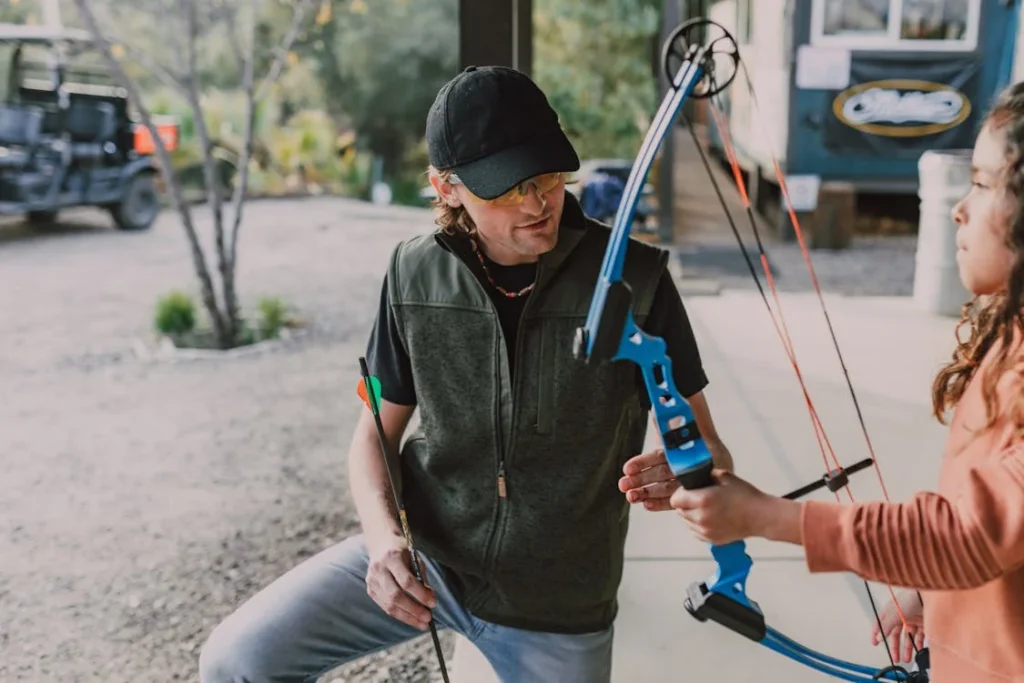
Challenges Along the Way—and How to Address Them
Resistance to Therapy
It’s not uncommon for children to push back during therapy. Sometimes they’re tired. Sometimes they feel overwhelmed. Other times, they simply don’t want to be reminded of their difference.
For younger kids, this resistance might look like tears or tantrums. Older children may become quiet or refuse to participate.
When this happens, it’s important to take a step back and understand what the child is feeling. Is the task too hard? Are they afraid of failing? Have they had a bad day at school? These are not just “bad behaviors”—they are signals.
Therapists and parents can work together to adjust the approach. Maybe the session becomes shorter. Maybe the activity is changed to something more fun or familiar.
Or maybe the child just needs a break and a little comfort. Progress in therapy doesn’t come from pressure—it comes from trust and understanding.
Dealing With Physical Discomfort
Another common challenge is physical discomfort. Sometimes the residual limb becomes sore or itchy.
Other times, the child might feel phantom limb sensations—strange tingling or aching in a part of the body that’s no longer there.
These feelings can be confusing, especially for a young mind. If not addressed early, discomfort can make the child avoid therapy or stop wearing the prosthesis altogether.
Therapists use a mix of massage, gentle exercises, and mirror therapy to help manage pain.
Parents are also taught how to monitor the skin for redness or swelling, and when to alert the care team. Wearing schedules are adjusted if needed to allow more rest.
The key is to respond early. A child who feels safe and supported is much more likely to keep going.
Navigating Setbacks Without Shame
There will be days when things don’t go well. A child might fall during practice. They might not meet a goal they worked hard for. These moments are tough, and if handled poorly, they can leave lasting marks on confidence.
That’s why it’s so important to treat every setback as part of the journey—not a failure. If a task didn’t work today, it becomes tomorrow’s focus. If a child feels sad or frustrated, those feelings are acknowledged, not pushed away.
Celebrating effort matters more than celebrating outcomes. A child who tries again after falling shows more courage than one who gets it right the first time. This is the spirit therapy is built on.
Managing School and Social Life
Outside the therapy room, challenges continue. Schools may not always be ready to support a child with a prosthetic.
Classmates may ask insensitive questions. Some teachers might not know how to make small adjustments that could make a big difference.
To help with this, therapists and parents often work directly with schools. They help create safe spaces. They explain how to adapt classroom tasks. They educate peers through storytelling and awareness activities.
And when children come home with stories of being teased or left out, families and therapists help them process those feelings.
They remind the child of their strengths. They help build social skills that make it easier to speak up, find allies, and stay confident in who they are.
Conclusion
Pre-prosthetic therapy for children is more than preparation—it’s a foundation for lifelong growth. It helps young minds and bodies adjust, heal, and thrive after limb loss. From physical exercises to emotional support, this journey is shaped with care, patience, and love.
What makes pediatric therapy unique is how deeply it must consider the child’s world: their growth, their feelings, their play, and their dreams. It’s not just about fitting a prosthesis—it’s about helping a child feel whole again, confident in their body, and ready to take on their next steps.
Each child’s path is different. Some may move quickly. Others need more time. But with the right support—at home, in therapy, and at school—every child can learn, adapt, and shine in their own way.
The journey begins not with the prosthesis, but with the belief that the child can do more than they ever imagined.



